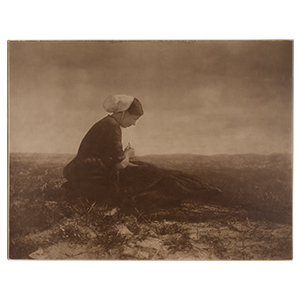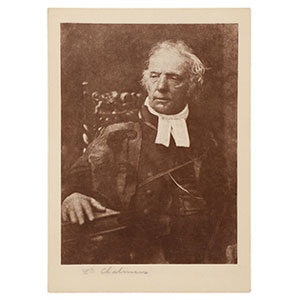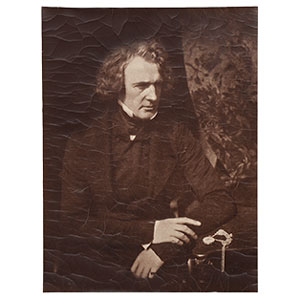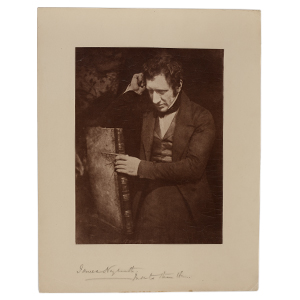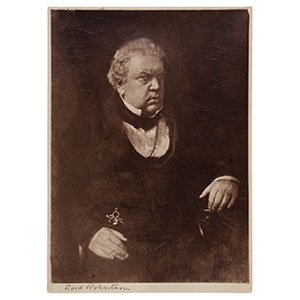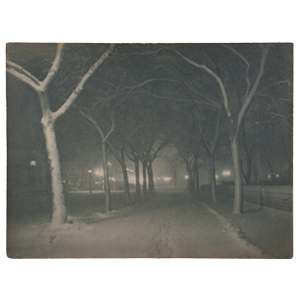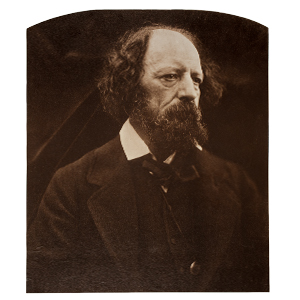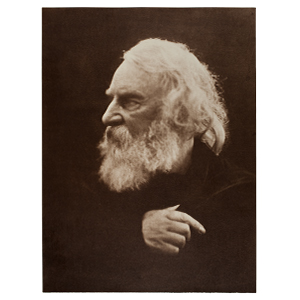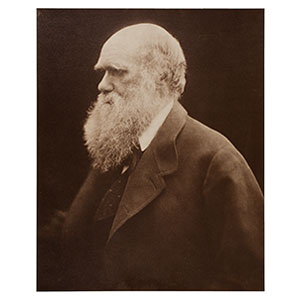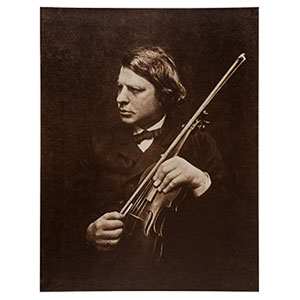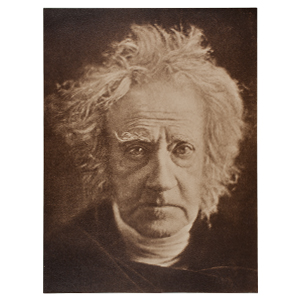Processes > Carbon Print
Carbon Print
1855–1930
Introduced in the mid-1850s, carbon prints are the result of a transfer process. First, a sheet of paper or tissue was coated with a light-sensitive layer of pigment suspended in gelatin, which hardened when exposed to light. After a development in warm water, dissolving the unhardened material, the remaining pigmented gelatin was transferred onto another paper support, creating the final positive image. Photographers admired the process for its stability, its deep tones, and the soft, drawing-like quality of the carbon pigment.
n

